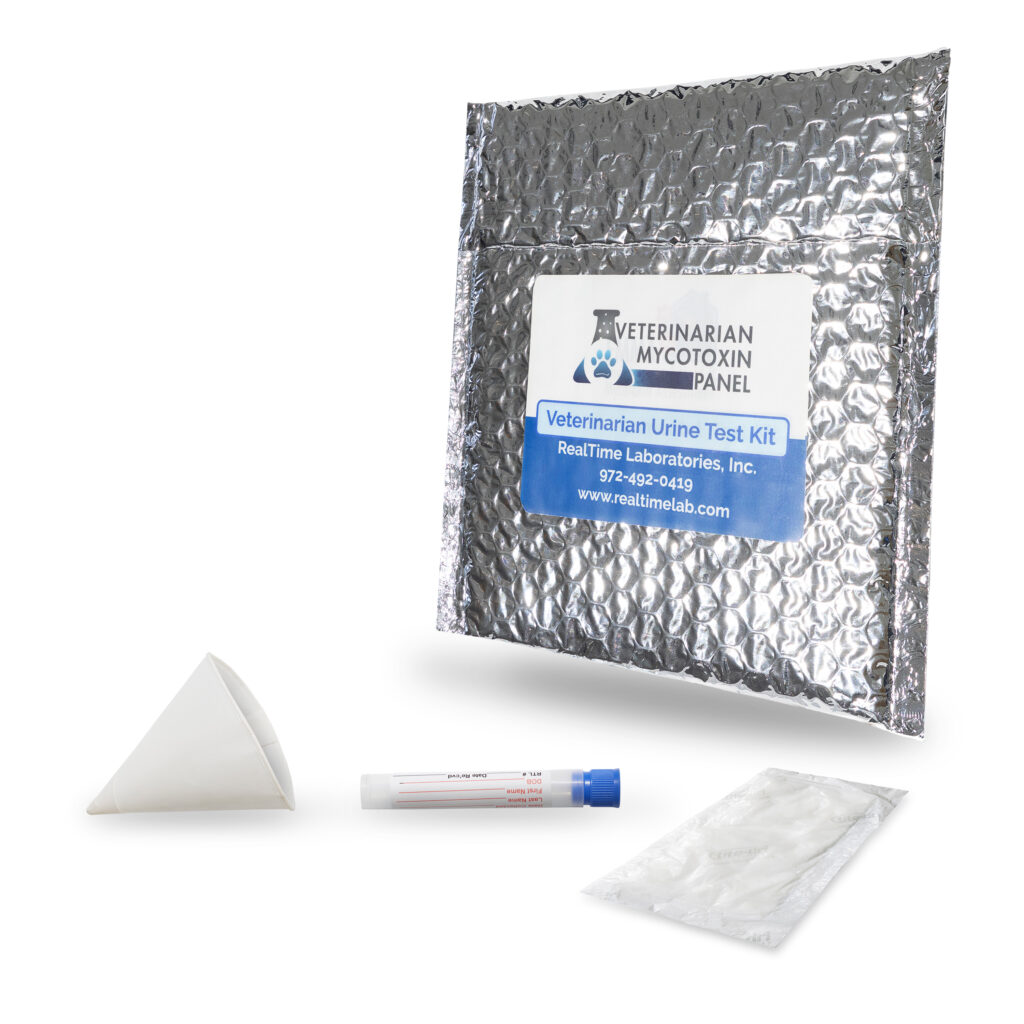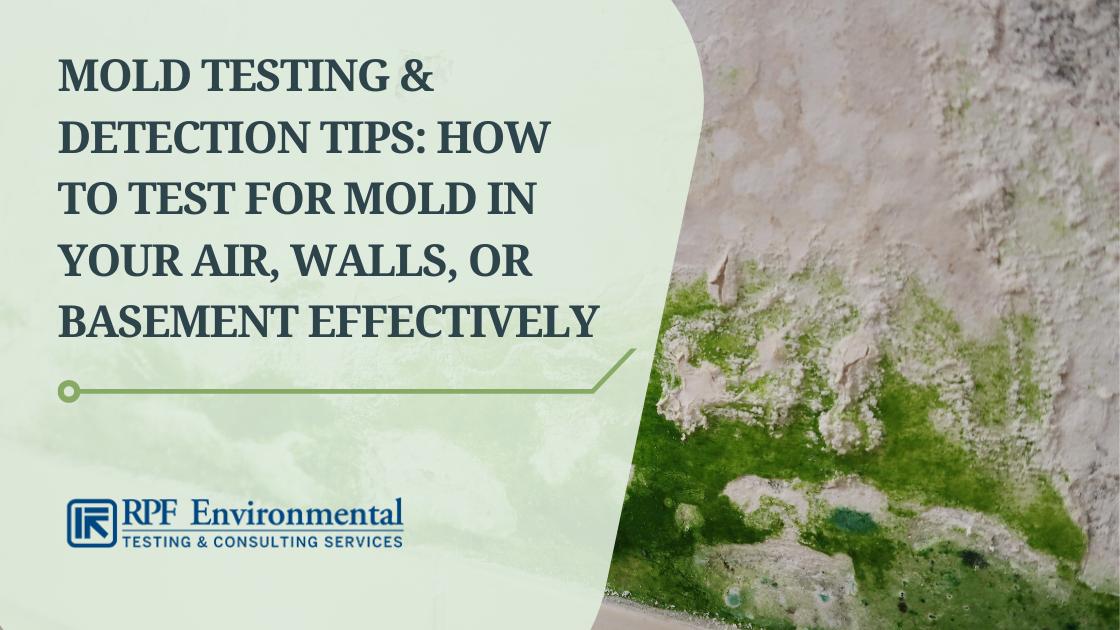Choosing the Right Mycotoxin testing Services for Your Organization
Choosing the Right Mycotoxin testing Services for Your Organization
Blog Article
Exactly How Mycotoxin Screening Assists Protect Against Contamination and Safeguard Food Products

Mycotoxin testing is an indispensable technique in the food sector, serving as a frontline defense versus contamination by unsafe toxic substances generated by molds. Through the application of advanced techniques like High-Performance Fluid Chromatography (HPLC) and Fluid Chromatography-Mass Spectrometry (LC-MS), food manufacturers can precisely quantify and find mycotoxin levels in agricultural items.
Understanding Mycotoxins
Recognizing mycotoxins begins with identifying that they are harmful secondary metabolites created by specific molds, which can contaminate farming products. These metabolites are not important for the growth or reproduction of the fungis but can have serious effects for human and animal health and wellness. Mycotoxins are generally found in staple crops such as corn, wheat, barley, and nuts, where they can proliferate under details problems of dampness and temperature.
There are numerous kinds of mycotoxins, each created by various fungal types. Fusarium types generate trichothecenes and fumonisins, both of which are linked with various intense and chronic wellness issues.

Risks of Mycotoxin Contamination
The threats of mycotoxin contamination are complex, posturing significant hazards to both food security and public health. Mycotoxins, harmful compounds produced by specific sorts of fungi, can contaminate a large range of farming items consisting of grains, nuts, seasonings, dried out fruits, and coffee. As soon as these toxins penetrate the food supply, they can bring about significant health and wellness issues such as liver damages, kidney failing, and even cancer cells. Vulnerable populations, including youngsters, the senior, and immunocompromised individuals, are especially in danger.
Economic impacts are another significant worry. Contaminated plants can result in significant financial losses for farmers and food producers due to minimized yields and the need for expensive purification actions. In addition, worldwide profession can be considerably impeded as nations implement rigorous mycotoxin laws to protect their populaces, causing denied shipments and stretched trade relations.
Ecological variables such as environment modification worsen the threat of mycotoxin contamination. Variants in temperature level and humidity can create favorable conditions for fungal growth, increasing the probability of contamination occasions. Hence, understanding and reducing these dangers are important for making sure the security and honesty of international food products.
Methods of Mycotoxin Evaluating
Precisely identifying mycotoxin contamination in farming items is necessary for safeguarding public wellness and maintaining food safety and security requirements. Different techniques are employed to spot and measure mycotoxins, each offering specific advantages and constraints.
High-Performance Fluid Chromatography (HPLC) is an extensively made use of approach as a result of its high level of sensitivity and precision. It includes separating mycotoxins from other compounds in a sample, allowing accurate quantification. Fluid Chromatography-Mass Spectrometry (LC-MS) incorporates fluid chromatography with mass spectrometry to provide comprehensive molecular details, making it particularly valuable for determining numerous mycotoxins concurrently.

Gas Chromatography-Mass Spectrometry you can check here (GC-MS) and Thin-Layer Chromatography (TLC) are also employed, each with one-of-a-kind applications. GC-MS is efficient for unstable mycotoxins, while tender loving care offers a simpler, affordable alternative for preliminary testing.
Advantages of Routine Checking
Normal testing for mycotoxins in farming items offers Clicking Here various benefits, considerably adding to public wellness and food safety and security. By identifying contamination early, normal screening assists avoid the distribution of poisonous foods, thereby lowering the risk of mycotoxin-related ailments amongst customers. This proactive method not just safeguards human health and wellness but also improves the general top quality of food products.
Consistent screening also supports regulatory conformity. Different countries and regions have developed rigid restrictions for mycotoxin levels in food and feed. Following these restrictions via normal screening ensures that producers and providers fulfill lawful standards, therefore preventing penalties and trade obstacles. Additionally, maintaining compliance promotes consumer trust and brand track record, which are vital for market success.
Additionally, routine mycotoxin testing can result in substantial financial advantages. Early detection of contamination enables for timely treatment, lowering possible losses from extensive contamination. Carrying out regular testing procedures can additionally decrease recall costs and related obligations, which can be monetarily ravaging.
Furthermore, regular testing gives important data that can notify far better farming practices and storage space problems. By understanding patterns of contamination, producers can adopt preventive procedures, thereby reducing future threats and contributing to the sustainability of the food supply chain.
Applying Examining Methods
Carrying click out reliable mycotoxin screening procedures is critical for making sure the safety and high quality of farming products. Each phase needs to be scrutinized to determine where mycotoxin contamination is most likely to take place.
As soon as critical control points are identified, picking proper testing techniques is crucial. Typical methods consist of enzyme-linked immunosorbent assay (ELISA), high-performance liquid chromatography (HPLC), and mass spectrometry (MS) Each technique has its strengths and weaknesses; therefore, selecting the proper one depends on the details mycotoxin being examined, the called for level of sensitivity, and readily available resources.

Last but not least, integrating the testing protocols right into an extensive food security monitoring system is advisable. This boosts traceability and makes it possible for speedy restorative actions when contamination is found, consequently safeguarding the stability of the food supply chain.
Final Thought
Mycotoxin testing is important in protecting against contamination and safeguarding food materials by allowing very early detection of hazardous toxins produced by mold and mildews in farming items. Advanced approaches such as HPLC and LC-MS make sure conformity with security regulations and secure consumers from wellness risks. Routine testing improves brand track record, economic stability, and count on food safety by decreasing contamination-related losses and maintaining high requirements in food manufacturing. Implementing extensive screening methods is hence necessary for the sector's overall wellness.
Mycotoxin screening is an indispensable practice in the food industry, serving as a frontline defense versus contamination by harmful contaminants generated by mold and mildews. An incorporated technique including agricultural practices, storage management, and normal screening can alleviate the dangers associated with mycotoxin contamination, ensuring food safety and public wellness.
The threats of mycotoxin contamination are diverse, positioning significant threats to both food safety and security and public wellness.Routine testing for mycotoxins in farming items provides numerous advantages, substantially contributing to public health and food safety and security.Mycotoxin testing is important in preventing contamination and guarding food materials by allowing early discovery of hazardous toxins created by molds in farming products.
Report this page